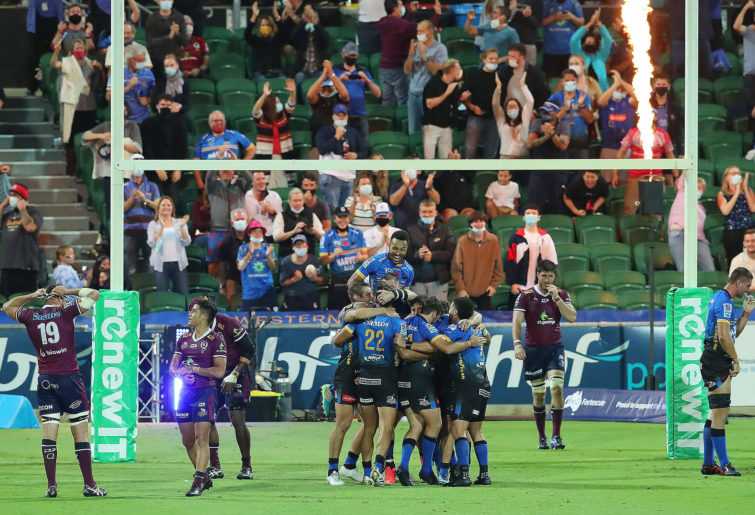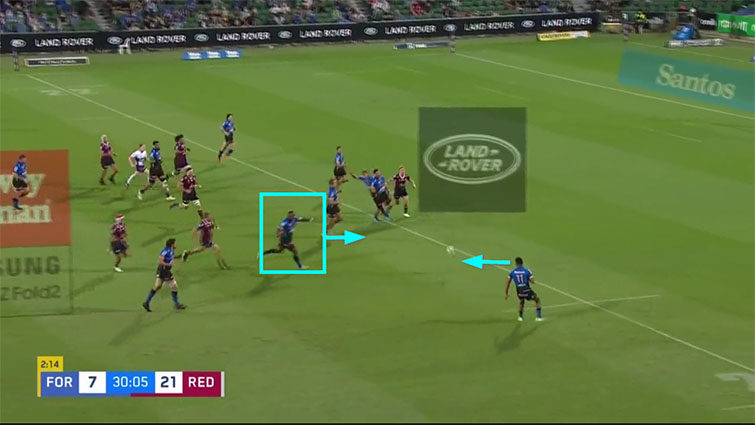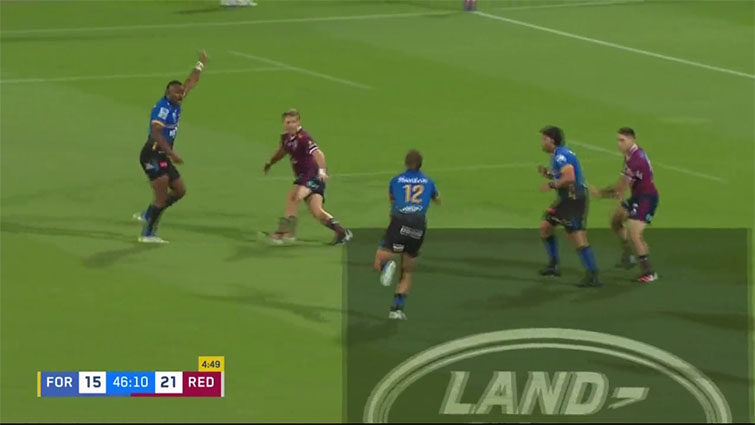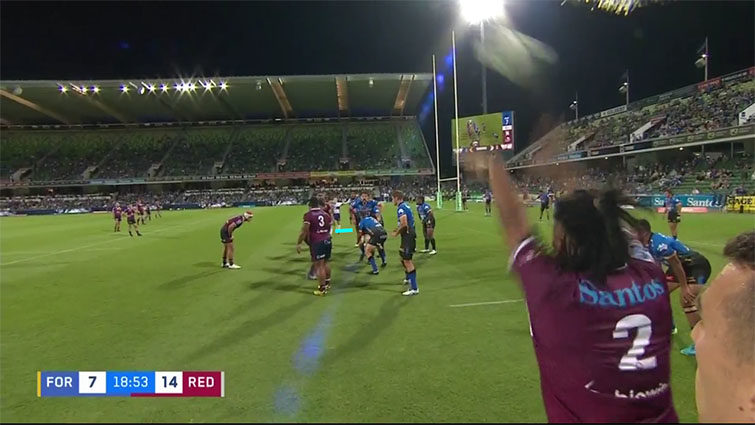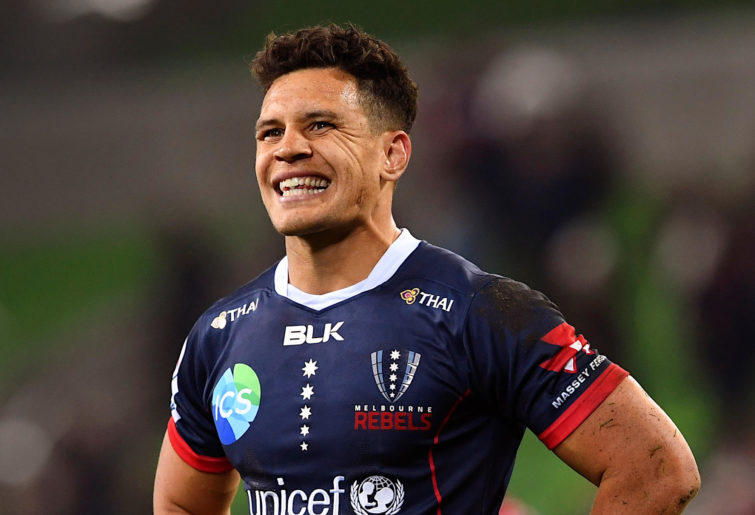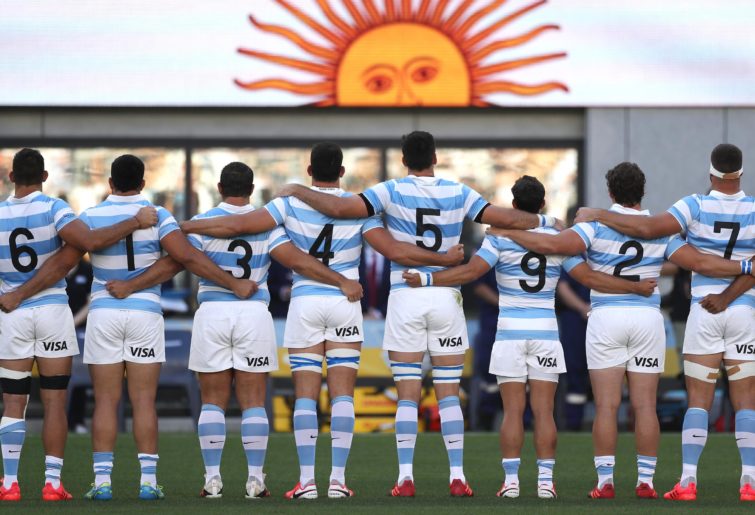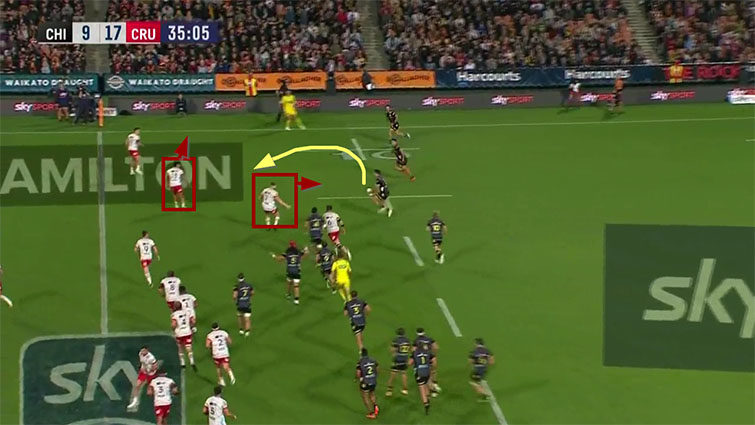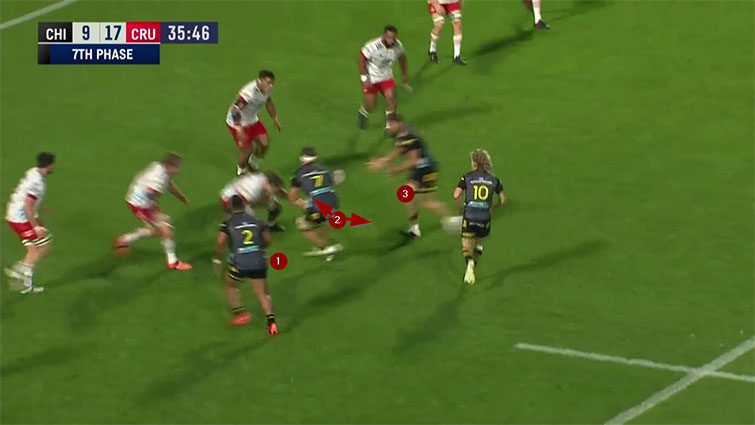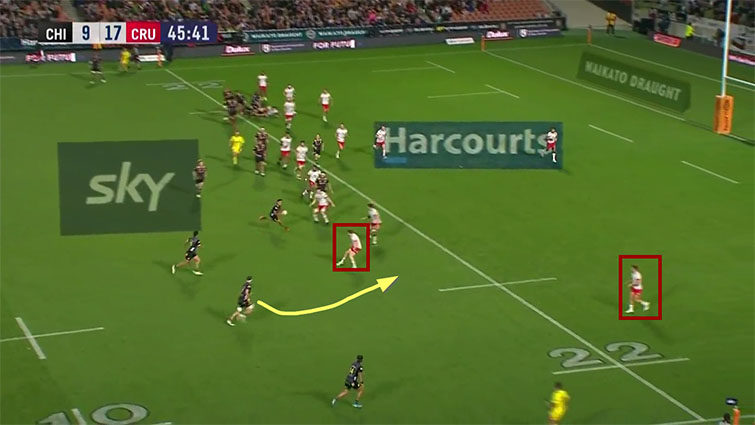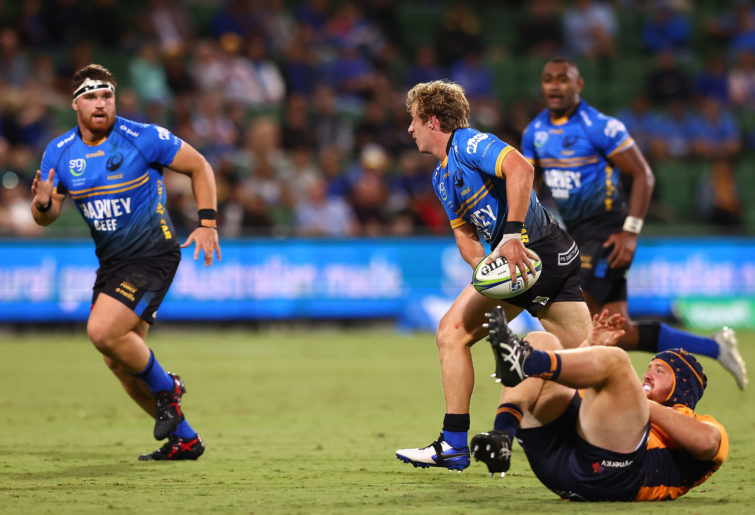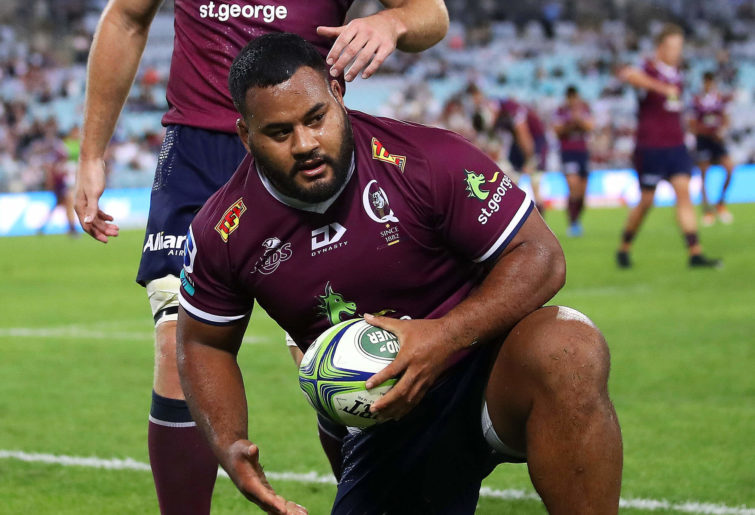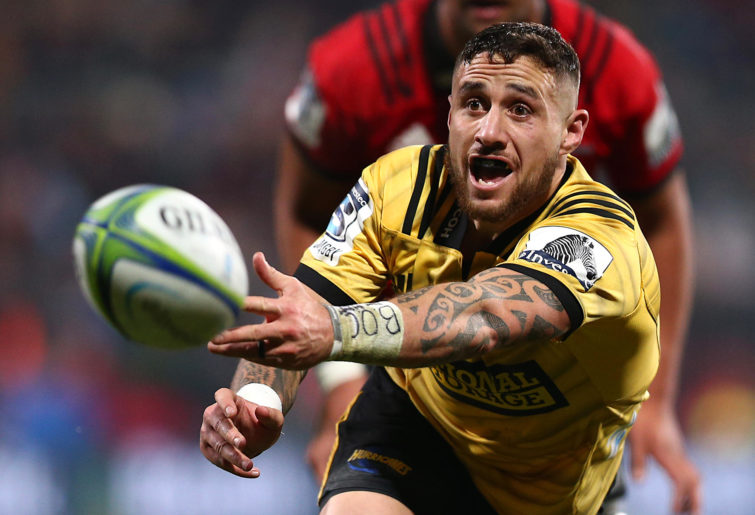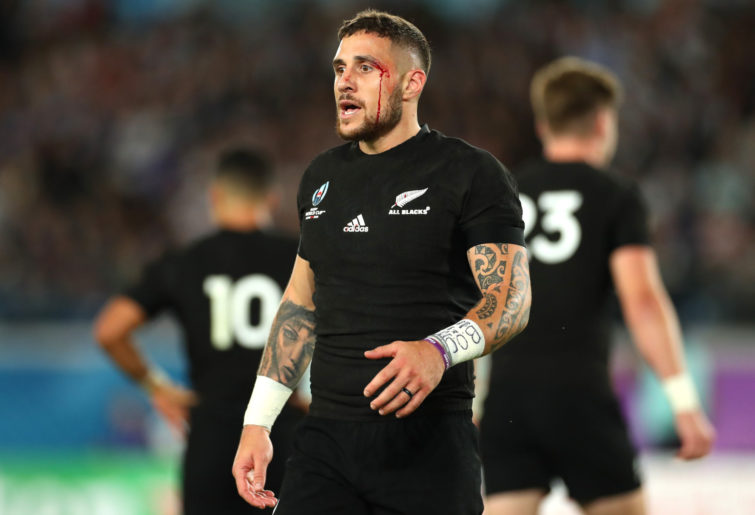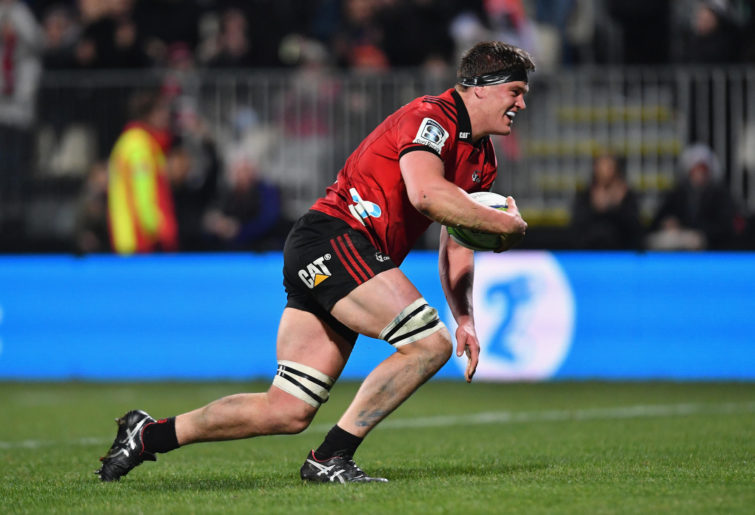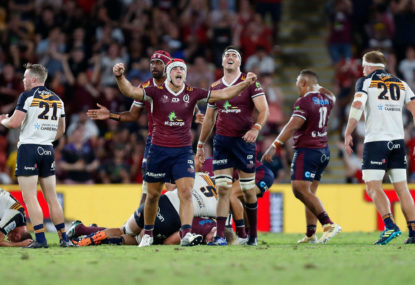Yes, finals time has arrived in Australia, but there’s one more chance to see the Blues fall short in New Zealand, which will entertain Brett and anyone else who’s had it in for them for years.
The form teams either side of the Tasman might just be the Chiefs and Force, which seems like a crazy thing to be saying after the positions both teams found themselves in just a month ago.
But no-one else can match their current three-game winning streaks. The Force have, well… *forced* their way into the AU finals, while the Chiefs are already locked in for the NZ decider.
And this is the best part for you anti-Blues types: the Chiefs are five points clear of the Blues, and the two sides meet on Saturday. A bonus point win would draw the Blues level on competition points, and a win would certainly give them a better for-and-against record.
BUT! The Chiefs would still have one more win – and with NZR employing the same tie-breaking method SANZAAR employed for Super Rugby (number of wins, then best points differential, then best differential between tries scored and conceded, then the number of tries scored. And then a coin toss), a Blues win this weekend will have them fall short by technicality!
Honestly, it might be the most Blues of all the Blues failures. Yes Brett, you can use that line if you want…
LAST WEEK: Brett, Dan, Digger and The Crowd 3; Harry and Geoff 2.
OVERALL: Harry and Dan 28; Geoff 27; The Crowd 26, Brett and Digger 25.
Digger
TIPS: HURRICANES, CHIEFS, BRUMBIES
With neither of the New Zealand games actually affecting who turns up in the final it’s all a bit of charity footy this week so will start with the big knock out game over in OZ, the winner gaining the ticket to the big dance with the Reds.
Naturally, the Force will take a lot of confidence out of there win over the Reds, a feat only they have managed to achieve thus far this season and will rightly fancy themselves a decent chance to knock over the Brumbies as well.
I simply do not believe they will however, the ‘been there done it before’ is always a useful asset of which the Brumbies have plenty and I think they will squeak it and set up a 2020 final repeat, albeit a different venue.

Allan Alaalatoa. (Photo by Asanka Ratnayake/Getty Images)
In NZ, the Chiefs have certainly shown they know how to win and indeed, expect to win and I simply do not have any faith in the Blues to do anything about that.
Chiefs to take momentum into the final, and in Wellington in the pre-season match before the trans-Tasman comp, I will pick the Hurricanes based on not much at all really other than simply, that’s what I want to happen, therefore I shall will it to be.
SURE THING: Thrush will irritate someone, good or bad while Jordie will sink something from 50 plus and our own Rugby Tragic will be upset about the Blues and rolling mauls in general, again while Harry will be happy, as always, about anything.
Brett
TIPS: HURRICANES, CHIEFS, BRUMBIES
There is no better time for the Hurricanes to find some form, and I think this might be the week. Well actually, a month ago would have been a better time, but you get the point.
They’ve been done by Damien McKenzie (who hasn’t?) and golden point in recent weeks, so they’re overdue some good luck. And with nothing on the line for either the Hurricanes or the Highlanders, home ground advantage probably helps.
Home ground advantage may help in Auckland too, but honestly, who cares?!? I don’t. Go Chiefs.
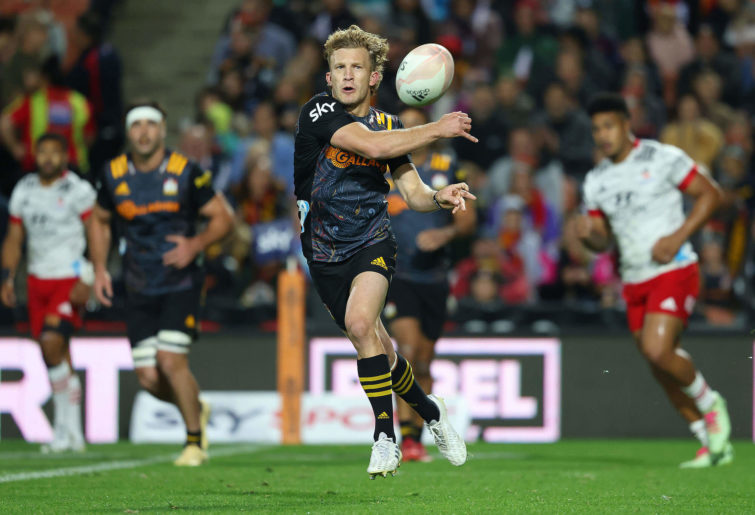
Damian McKenzie. (Photo by Michael Bradley/Getty Images)
And home ground advantage will certainly help in Canberra because it almost always does in finals. It will be some feat if the Force can win against this trend in their first finals appearance, and full power to them if they can.
I think there’s less than 10 points in this, and I’m genuinely looking forward to the contest, because this feels like a big moment in the history of the Western Force. I don’t think I will, but I’m not sure I’ll mind too much if I get this one wrong.
SURE THING: The Blues, with nothing to gain, and several weeks too late, will roll out their performance of the season to remind everyone of why this really was going to be their year. And at some point soon after, we’ll all remember the few weeks previous, and remind ourselves of why it still isn’t.
Dan
TIPS: HURRICANES, BLUES, BRUMBIES
A trio of home teams for me this week.
Having never been behind at the 80-minute mark of their last two games, the Hurricanes were desperately unlucky to go winless in those fixtures. Against the one team they’ve beaten this season, a change of fortune looms.
The Blues might have been listless in attack last week, but they weren’t as bad as the scoreline suggested. The Chiefs could have half an eye on their May 5 decider, and they don’t have the same ability to ruthlessly repel opposition attacks as the Crusaders – a welcome change for the Aucklanders.
The Blues, then, to finish their season with a consolation win.
Then to the match that really matters: the qualifying final between the Force and Brumbies. Will the former’s fairy-tale flight to the final continue? Probably not, but it’s been great to see them get to the post-season nonetheless. The Brumbies will be rested, boosted by their home fans, and simply boast the stronger team. Can’t tip against ‘em.
SURE THING: Rob Valetini will poleaxe someone either with a run or a tackle, and probably both.
Harry
TIPS: HURRICANES, CHIEFS, BRUMBIES.
And now, the end is near, and as I face my final curtain, my friends, I’ll make it clear, I’ll state my case, of which I’m certain.
Yes, there were times, I’m sure you knew, when I bit off more than I could chew, especially that time, with the jambalaya juice on the bay, with Digger, and through it all, whenever there was doubt, I ate it up and spit it out. I faced it all and stood so tall. I did it my way.
So, the tips.
The Hurricanes are led by a raccoon-capped fullback. Will it be their Alamo? No. They will survive the Highlander rebellion, because the Southern Island boys are fatigued. Wes Goosen to score a hat-trick; and Jordie Barrett to do a trick with his hat.
The Blues are a good team with flaws. The Chiefs are a flawed team that’s good. But, the Chiefs have been lucky, and the Blues very unlucky. Which way will the luck turn? Again, I’ll return to my doctrine: the Chiefs 9-10 is better than their opposite Blues numbers. Chiefs by the hair on my chinny chin chin.
The Brumbies will roll the Force into little piru-shaped pieces and eat them up.
SURE THING: Rugby will be the big winner, there will be games with two halves, skippers will be proud of their boys, the margins will be said to be fine, and nobody will blame the ref, because we aren’t on a soccer site.
Geoff
TIPS: HIGHLANDERS, BLUES, BRUMBIES
The Hurricanes almost did me proud last week, but in the end, raccoon head couldn’t quite do the Stray Cat strut. They’re overdue a win, but if they catch the Highlanders on the wrong day, their misery will continue.
Having picked the Chiefs resurrection earlier than everyone else, I’ve given those points back by jumping off the bandwagon too soon! I’m going to give them one more chance to lose again this week – it really is time for the Blues to show something at home.
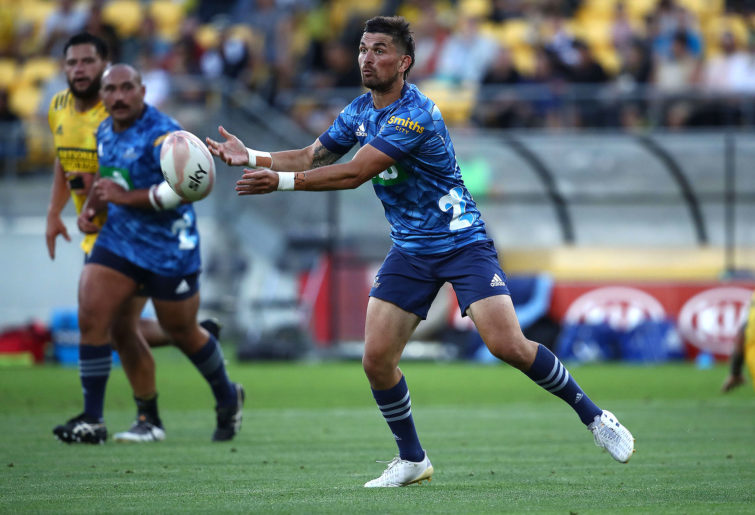
Otere Black. (Photo by Phil Walter/Getty Images)
Only the most blue-eyed optimist could really expect a Force win in Canberra. Of course, they’ll scrap and stay in the contest. But they ain’t winning.
SURE THING: Christchurch’s poor young boogie woogie bugle boy from company ‘B’ will have been flogged on the training track on Monday, and has been banished to the bench, but the extra scales put in at practice should hold him in good stead for when he next gets the call up.
Sports opinion delivered daily
| AU-QF / NZ-10 | Harry | Brett | Dan | Digger | Geoff | The Crowd |
|---|---|---|---|---|---|---|
| HUR v HIG | HUR | HUR | HUR | HUR | HIG | ? |
| BLU v CHI | CHI | CHI | BLU | CHI | BLU | ? |
| BRU v FOR | BRU | BRU | BRU | BRU | BRU | ? |
| Overall | 28 | 25 | 28 | 25 | 27 | 23 |
| Last week | 2 | 3 | 3 | 3 | 2 | 3 |
Get your votes in now. The Crowd’s tips will be revealed Friday afternoon AEST.
if (!Element.prototype.matches) Element.prototype.matches = Element.prototype.msMatchesSelector document.addEventListener("DOMContentLoaded", function() var request = new XMLHttpRequest(); request.open('POST', '/wp-admin/admin-ajax.php', true); request.setRequestHeader('Content-Type', 'application/x-www-form-urlencoded;'); request.onload = function () if (this.status >= 200 && this.status < 400) document.getElementById("at-submit-tips-inner").innerHTML = this.response; document.addEventListener('click', function (event) if (!event.target.matches('.margin-tap-targets span')) return; var match = event.target.getAttribute('data-match'); var points = event.target.getAttribute('data-points'); var marginField = document.getElementById('at-margin-'+match); marginField.value = marginField.value*1 + points*1; , false); else console.log(this.response); ; request.onerror = function() // Connection error ; request.send('action=at_insert_submit_tips&title=Your Tips&comp_id=8&round_id='); );Original source: https://www.theroar.com.au/2021/04/29/tipping-panel-week-11-finals-time-and-more-blues-for-the-blues/
